What does our future look like according to dystopian fiction?
Over the past century, many writers have presented bleak futures, a warning for what could be. But how many times have we heeded them, asks David Barnett, and how many times have we ended up in the very nightmarish visions they have predicted?

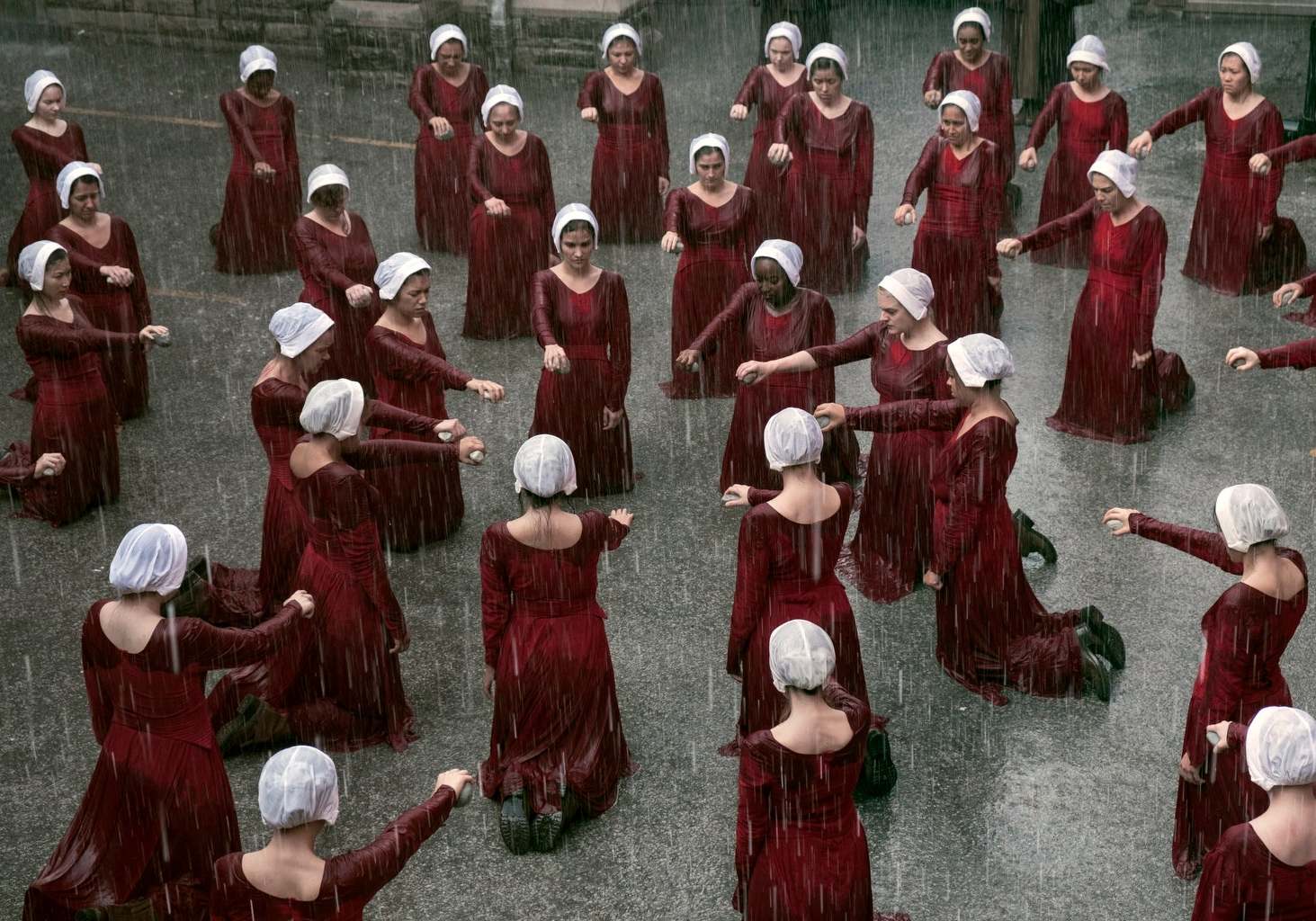
The Testaments, the long-awaited sequel to Margaret Atwood’s 1985 novel The Handmaid’s Tale, is finally here – and has never been more timely.
Set 15 years after the first book, The Testaments once again delves into the world of Gilead – an ultra-conservative, Christian fundamentalist United States of America, where women’s rights have been stamped out, rebellion is dealt with in brutal fashion, but where life can be good… so long as you’re a straight, white male.
There has been renewed interest in The Handmaid’s Tale since the TV adaptation and expansion of the novel, which recently concluded its third series on Channel 4. Since Donald Trump took office, many people have suggested his divisive policies are eerie reflections of what Atwood presented 34 years ago – so much so that protesters against Trump’s administration have adopted the red cloak and white bonnet uniform of the handmaids in Atwood’s vision.
In 1985, when The Handmaid’s Tale was published, it was literary dystopian science fiction. It was a future we might have wandered into, had we not been a bit cleverer than that. She posits a vicious coup in which an ultra-right-wing regime takes control and immediately begins dismantling people’s rights.
A fertility crisis means that women with childbearing capabilities become handmaids, forced to endure ritual rape at the hands of the leaders of the new order, participated in by their wives. Other women become domestic staff, little more than slaves. And those handmaids who do bear children are forcibly parted from their babies, which are given to the ruling elite.
The main character in the book is called Offred – from “of Fred”, meaning she is literally the property of the new republic high-up to whom she has been assigned. Her former identity is stripped away: she becomes a mere branded chattel.
Atwood’s original novel did indeed have its seeds in the reality of 1985, when Ronald Reagan was president, the Christian right was on the rise, and there was much backlash against hard-won women’s rights, including that to abortion.
The expectation was that things would get better. And yet here we are in 2019, where women’s reproductive rights are under attack in the US, where the children of refugees and immigrants at America’s border are forcibly torn from their parents’ arms and locked in cages, where the #MeToo movement pulled back the veil on systematic abuse of women by men in positions of power.
Of course, Atwood was by no means the first author to tackle the idea of a dystopian future, and she won’t be the last. Over the past century, many writers have presented bleak future visions – a sign at a fork in the road, warning us to head in the right direction. But how many times have we heeded them, and how many times have we ended up in the nightmarish dystopias dredged from the imaginations of authors?
Nineteen Eighty-Four – George Orwell (1948)
The classic piece of dystopian fiction, Nineteen Eighty-Four has become a watchword for the all-powerful, omniscient surveillance state envisaged as Airstrip One by Orwell in the years after the Second World War. Its ever-present leader, Big Brother, gave his name to a voyeuristic TV show where the masses watched disparate individuals incarcerated together and only released at the whim of the public who tuned in to watch them every day. That sounds like something from the novel, but obviously it’s real life.
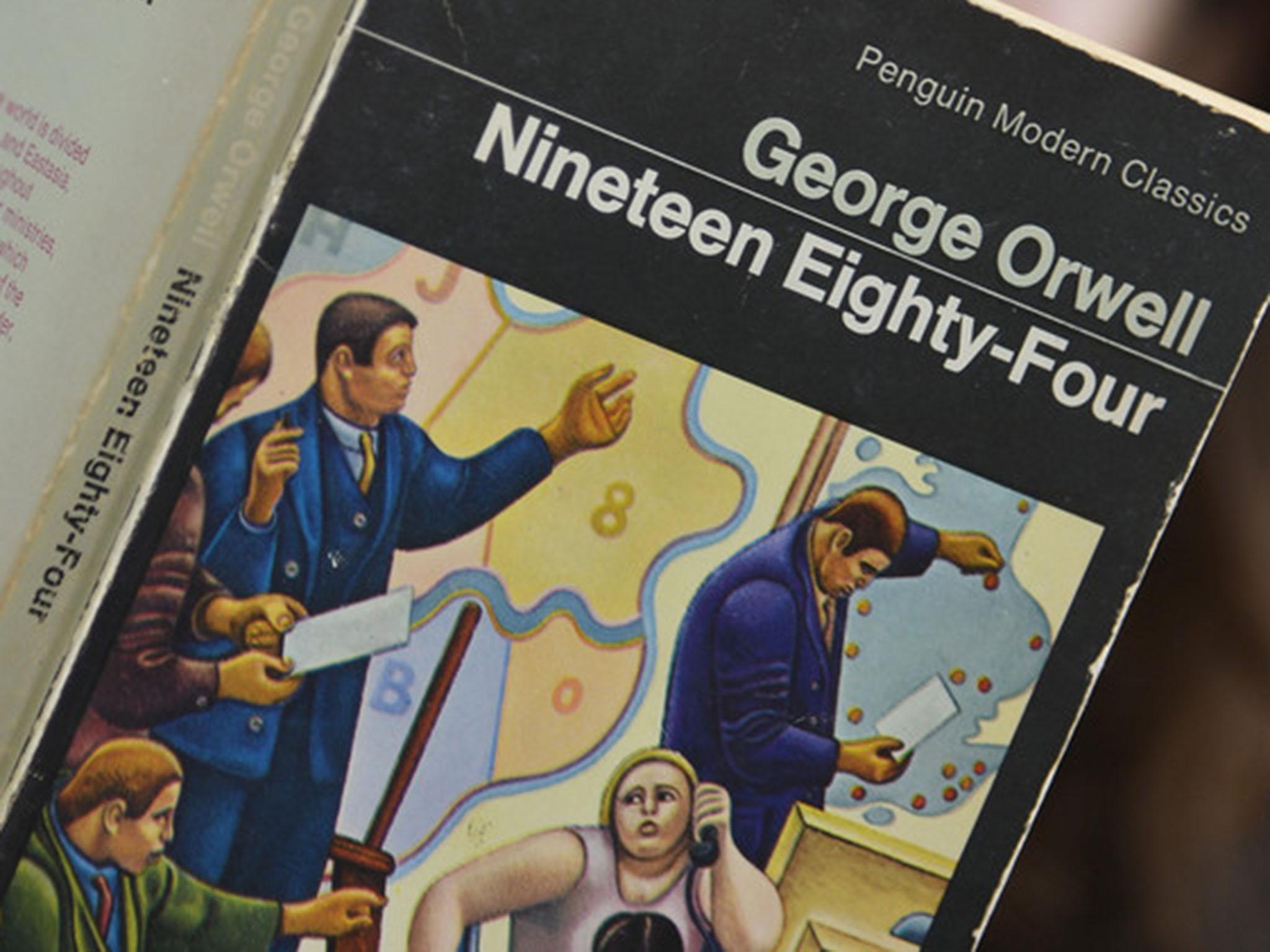
Nineteen Eighty-Four’s totalitarian state controlled everything down to people’s thoughts, where history is constantly revised to reflect ever-changing politics and diplomacy, where war is constantly waged – by the Ministry of Peace – against and beside constantly shifting allies and enemies, where grim, mass-market pornography is churned out to keep the workers mollified, where everyone is constantly watched by a network of screens and cameras and nothing is ever private. It’s a place where if you bombard someone with enough propaganda – and, failing that, torture them – then they will believe anything, even that two plus two equals five.
The parallels with our lives are so obvious as to hardly require explanation. We are watched wherever we go by CCTV cameras – there’s even facial recognition technology in place at King’s Cross. Reading this on a phone or laptop? Someone might well be watching you through the camera. And how much information does Facebook hold on you, exactly?
The Hunger Games – Suzanne Collins (2008)
Two sequels followed, and, of course, a massive movie franchise, which veered towards action, thrills and adventure. But there’s a lot in the original book to pick through as America becomes a deeply divided nation with the downtrodden proles of the outer districts digging coal and growing food to service the louche, rich, metropolitan elite in the Capitol.
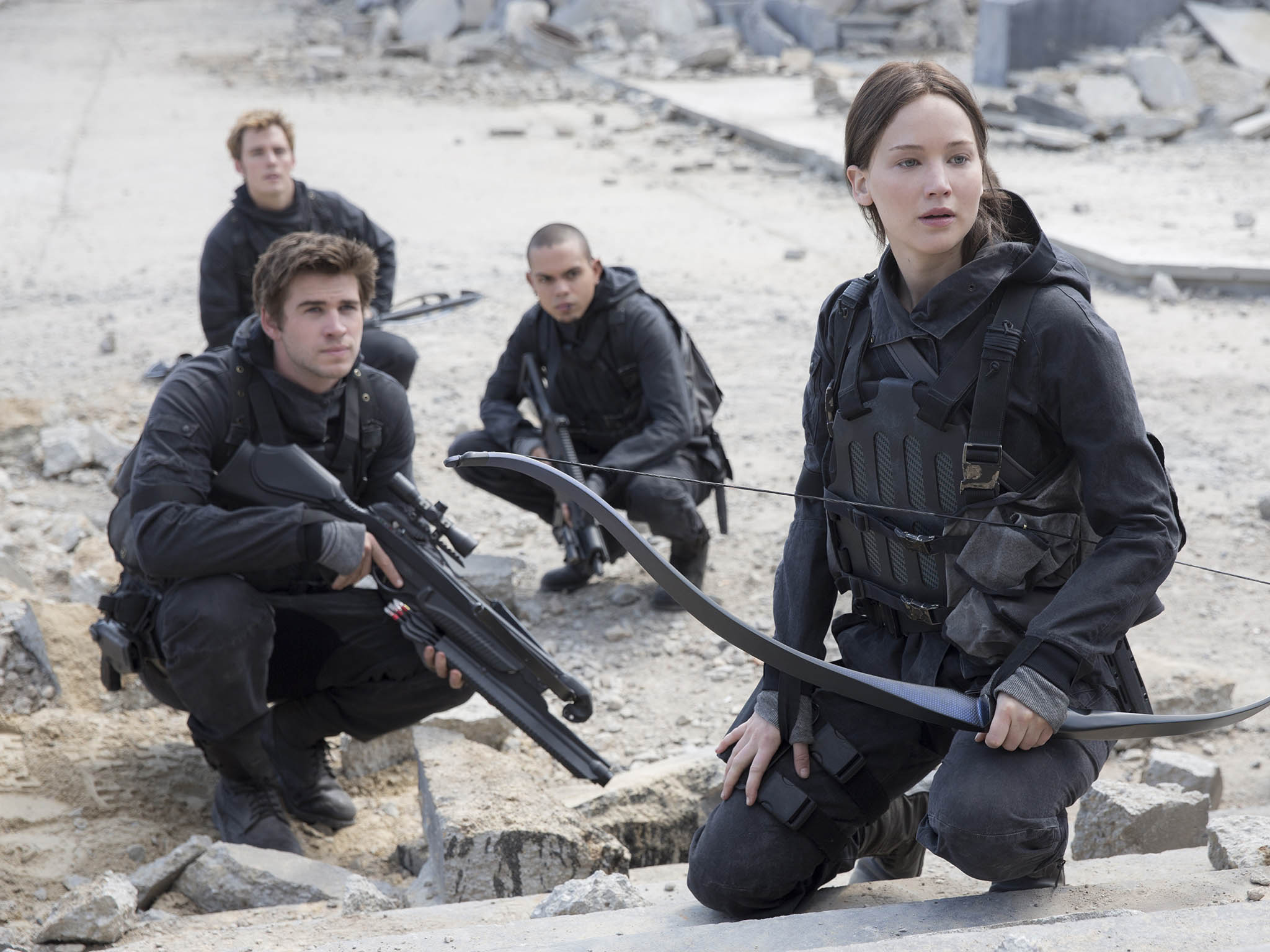
Plenty there to provide relevance for modern times, but the central concept of The Hunger Games, in which unwilling participants have to fight to the death to win a life of luxury and comfort, all before the greedy gaze of the Capitol’s denizens, conflates the last days of Rome with our contemporary obsession with increasingly cruel and emotionally brutal reality TV game shows.
The Drowned World – JG Ballard (1962)
You’d think, when a literary giant of the quality of JG Ballard was writing about climate change almost 60 years ago, we might have taken it a bit more seriously before now. Ballard’s future world posited an America dotted with tropical lagoons and a flooded, abandoned London.
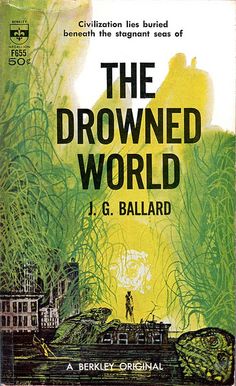
It might be said that The Drowned World is more apocalyptic fiction than dystopian – dystopia suggests a totalitarian society like Orwell’s, sections of society beaten down and oppressed. But The Drowned World is no Mad Max wasteland; there is nominal society, still. Society that allowed the cataclysm to happen, just as we appear to be allowing it to happen to us right now.
Last year the United Nations’ Intergovernmental Panel on Climate Change issued a stark warning: we have 12 years to save the planet. A dozen years to ensure that global warming does not rise about 1.5C. Beyond that, even half a degree, and we’ll see widespread flooding, droughts, poverty, extremes of heat and cold, and massive displacement of people.
Oh, and just for your information, that was nearly a year ago. So let’s call it 11 years to save the world.
Oryx and Crake – Margaret Atwood (2003)
The Handmaid’s Tale author turned her attention in the years after the millennium to a different sort of future, one that examined our relationship with science, what we could do with it, and just how far we were prepared to go.
Oryx and Crake is about what happens when science is not only unfettered by human conscience, but driven by profit-hungry corporations, specifically in the fields of genetic modification. Why have a chicken that runs around being stupid when you can breed one with no brain and lots and lots of breast meat? What would happen if all those old jokes were brought to life and you crossed a wolf with a dog? What if you spliced a pig and a human so you could have an endless supply of spare organs such as hearts and kidneys?

It’s a complex novel, that deals with complex issues. Science is indeed making great strides today towards those very goals. Massachusetts General Hospital and Harvard Medical School, for example, “grew” a heart from stem cells – which, we would think, is a good thing. But as Atwood tells us, what hurtling scientific progress needs is someone to look up from the microscope now and again and say, “Yes, we can do this... but should we?”
The Death of Grass – John Christopher (1956)
Christopher was an English science fiction author who went on to write the young adult series The Tripods, but The Death of Grass (adapted for film as No Blade of Grass) was a much darker affair.
Also chilling is the speed with which the country devolves into savagery as the government’s unpreparedness means food, water and power rapidly run out. Makes you look forward to a no-deal Brexit, doesn’t it?
Again, it’s more apocalyptic than straight dystopian, but does offer us some interesting parallels with modern life. A virus that attacks rice crops devastates east Asia, causing a huge famine. When a strain of it is found in the UK, the government develops and deploys a new pesticide, which has the unfortunate result of mutating the virus and causes it to destroy not just rice crops but barley and wheat, plunging the country into anarchy.
There are some interesting and quite terrifying scenarios within the book. One is how governments take a sledgehammer to crack a nut – rather than breeding virus-resistant crops, they make a pesticide that worsens the situation. And as society gets out of control and the virus rages across the country, the officials draw up plans to drop hydrogens bomb on the major cities. Fanciful beyond belief, of course... until you remember it was just last week that Trump was talking about throwing nukes at hurricanes.
Also chilling is the speed with which the country devolves into savagery as the government’s unpreparedness means food, water and power rapidly run out. Makes you look forward to a no-deal Brexit, doesn’t it?
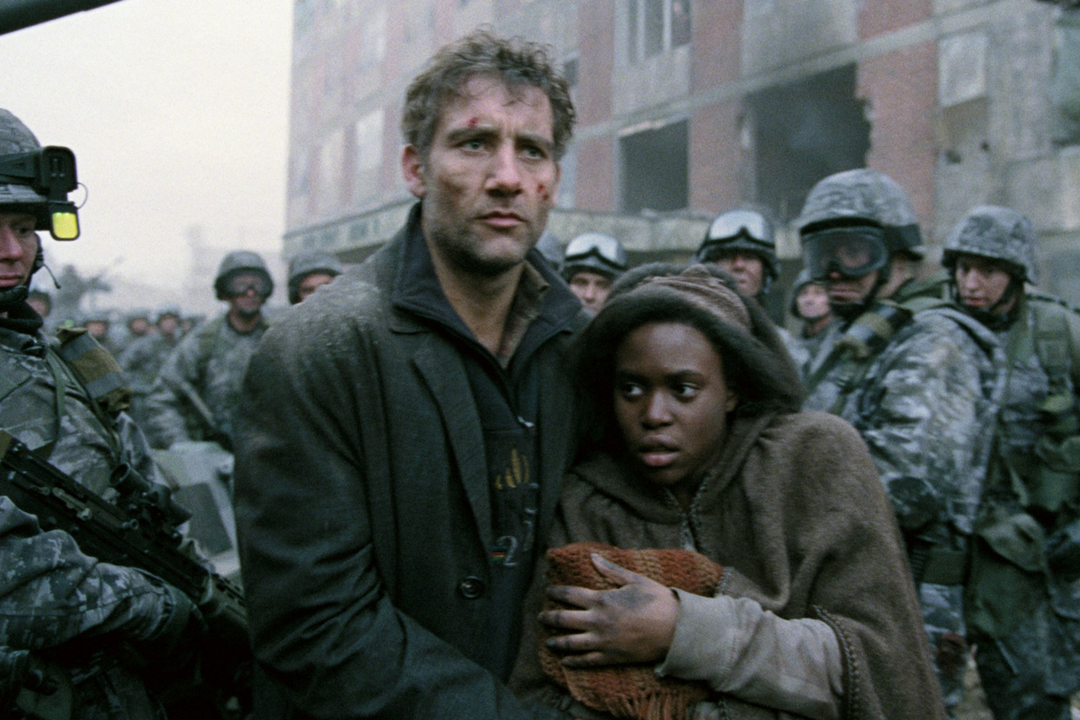
The Children of Men – PD James (1992)
In the middle of the 20th century, science fiction envisaged a future where the world was plagued by overpopulation, no doubt as a result of the post-Second World War baby boom. Harry Harrison’s 1966 novel Make Room! Make Room! was about such a situation, perhaps more famously filmed in 1973 as Soylent Green, in which the problem of how to feed an expanding population at a time of depleted resources and dying seas due to climate change is solved by providing mass-produced processed food such as the titular treat. Spoiler alert: Soylent Green is people.

More famous as a crime writer, PD James delved into dystopian fiction in 1992 by, like Atwood before her, going in the other direction and envisaging not a populating boom but a “baby bust” as rampaging infertility means the human race will probably die out not with a bang but a whimper.
Last year, The Lancet published its annual Global Burden of Disease study which showed that out of 195 nations across the world, 91 of them now have fertility rates “below replacement levels” – which means that more people are dying than are being born. The 2018 worldwide fertility rate was 2.4 births per woman, down from around five in the 1960s, when Harrison wrote Make Room! Make Room!
The Machine Stops – EM Forster (1909)
Here’s an interesting one, a rare excursion into dystopian fiction from the author of A Room with a View and Howard’s End. Some unspecified disaster means humanity has taken to living below the surface of the Earth. They live largely alone, in tiny apartments, and all their physical needs are met by the Machine, which provides food and water and keeps the lights on. Humanity’s social needs are met by the Machine as well, in a rather astonishing prediction of the internet and social media.
Each human is connected via the Machine and encouraged to discuss and promote “ideas”, none of them the result of original thinking. Eventually, the humans forget they were the ones who created the Machine, and venerate it as a god. They become fearful of those who are still interested to go outside and investigate the Earth’s surface, suspicious of those who talk of connecting with nature. Anyone who questions or distrusts the Machine is threatened with “homelessness” – expulsion from the network. And just in case those parallels aren’t enough for you, the people are strongly encouraged to “like” what the strangers they connect with say to them on the system. Tweet that, why don’t you.
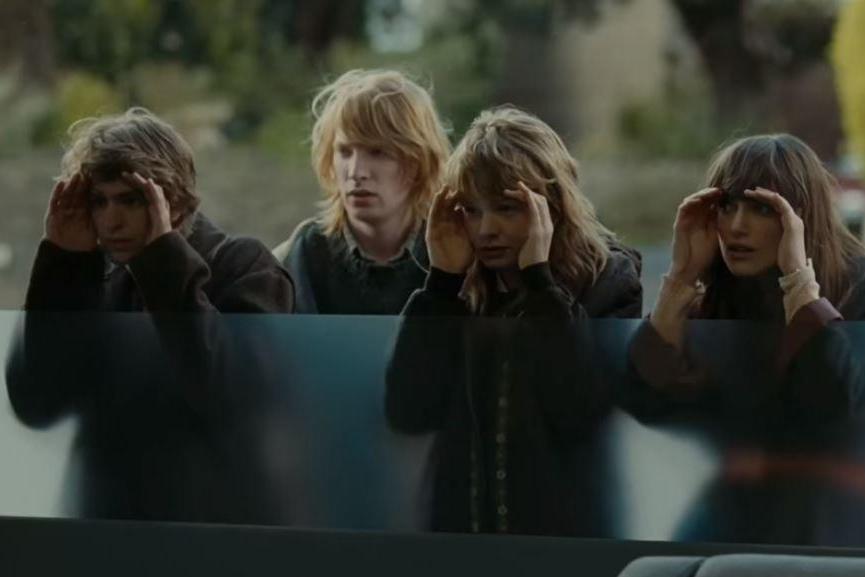
Never Let Me Go – Kazuo Ishiguro (2005)
Where Oryx and Crake leaps into rampant genetic engineering with wild abandon, Never Let Me Go is more measured, genteel and ultimately creepy. The children of an isolated boarding school learn that they are clones, bred purely to be farmed for organs for sick “real” humans, ultimately dying young as their bodies are harvested to the point of exhaustion.
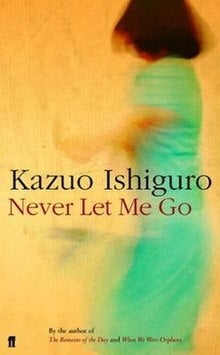
Clones have been a staple of science fiction for decades, but have never been as close to reality as they are now. In October 2018, it was announced that twin girls born in China were thought to be the world’s first gene-edited babies.
The girls were born via IVF but the embryos’ DNA was genetically manipulated via the use of Crispr technology – in this case, to modify genes to give resistance to the HIV virus.
There has been widespread international disquiet and criticism of the process, with doubt cast on whether the experiment was actually carried out or, conversely, suspicions that more modification might have been made in other tests.
Either way, that particular genie is either out of the bottle, or very close to it, which could bring Ishiguro’s vision of bodies custom-bred to provide spare organs much nearer reality.
None of these novels has got everything exactly right. They might not precisely be the worlds we live in. But bear in mind: what is a dystopian future for some is actually a utopia for others. The men of Gilead and the decadent ruling classes of Panem are actually living their best lives. We shouldn’t just fear dystopian fiction coming true, we should fear the people who want it to.
Join our commenting forum
Join thought-provoking conversations, follow other Independent readers and see their replies
Comments